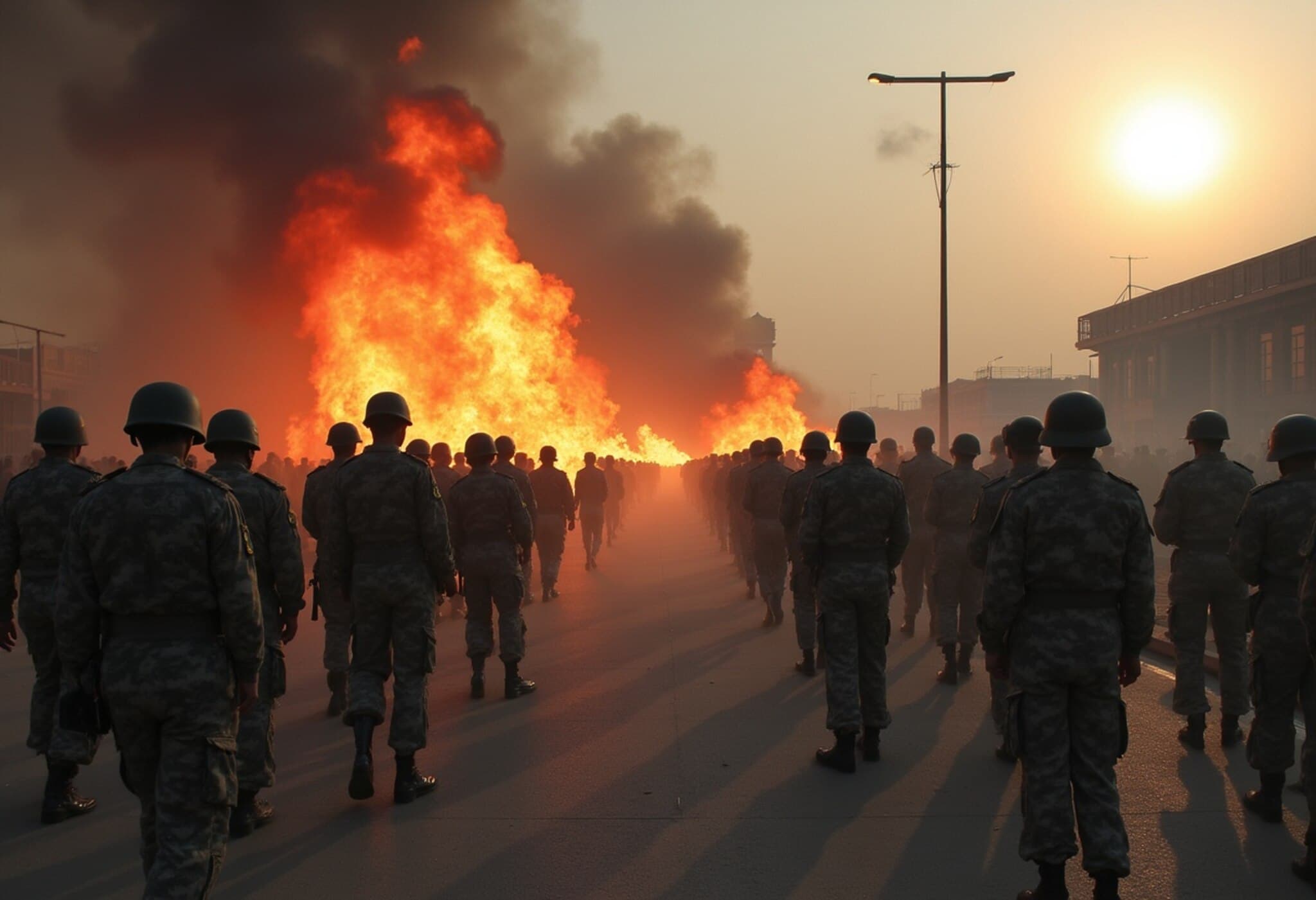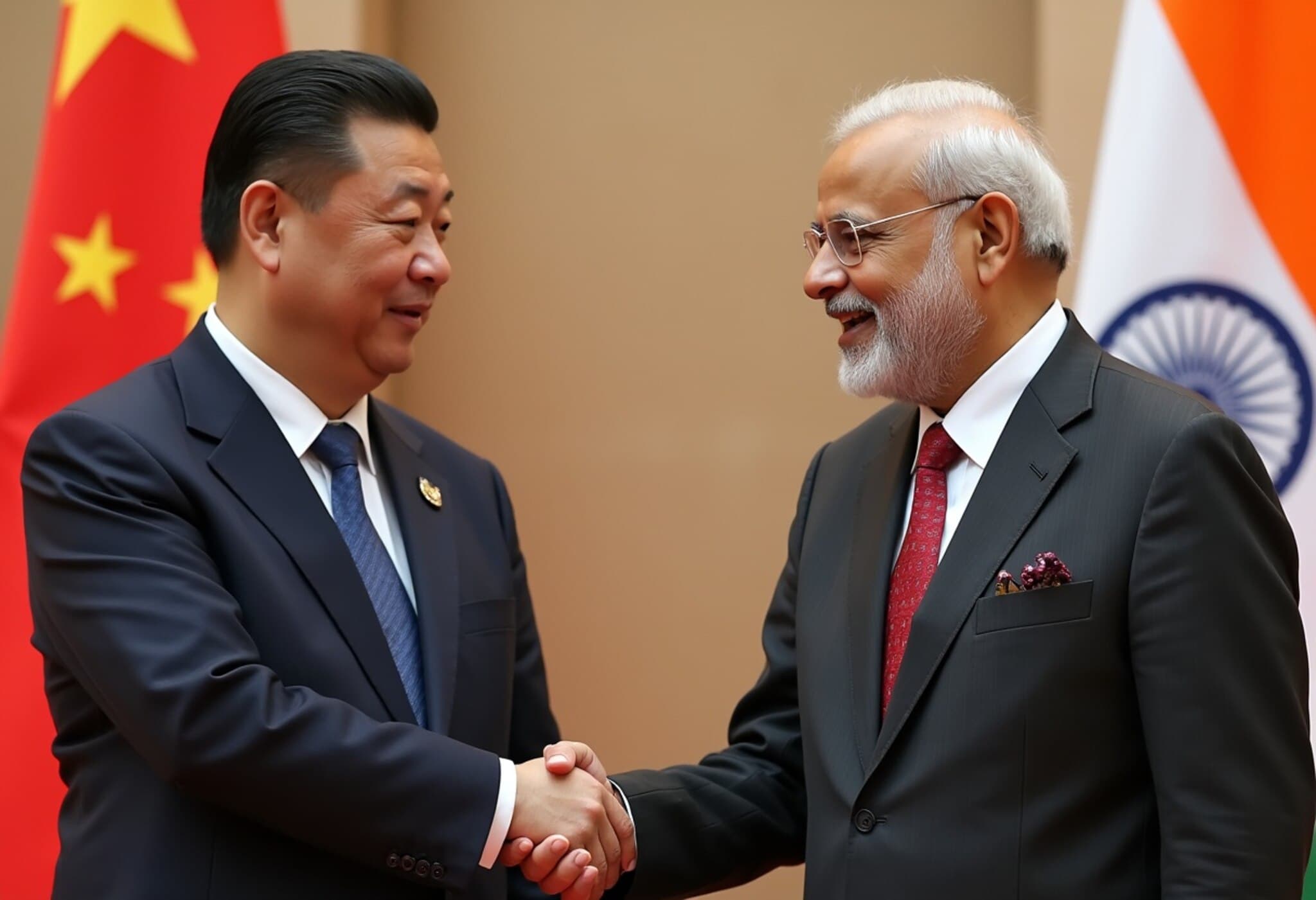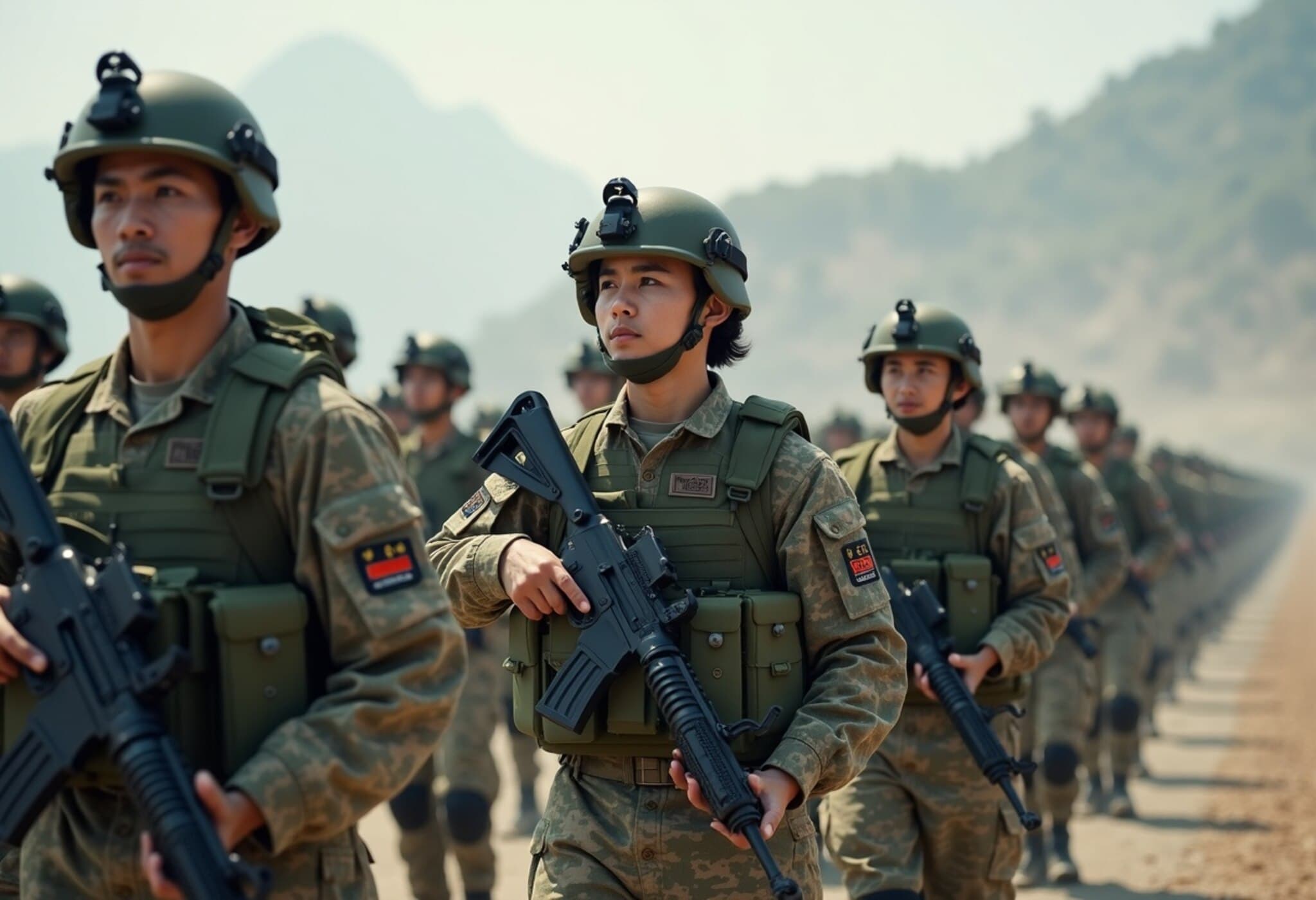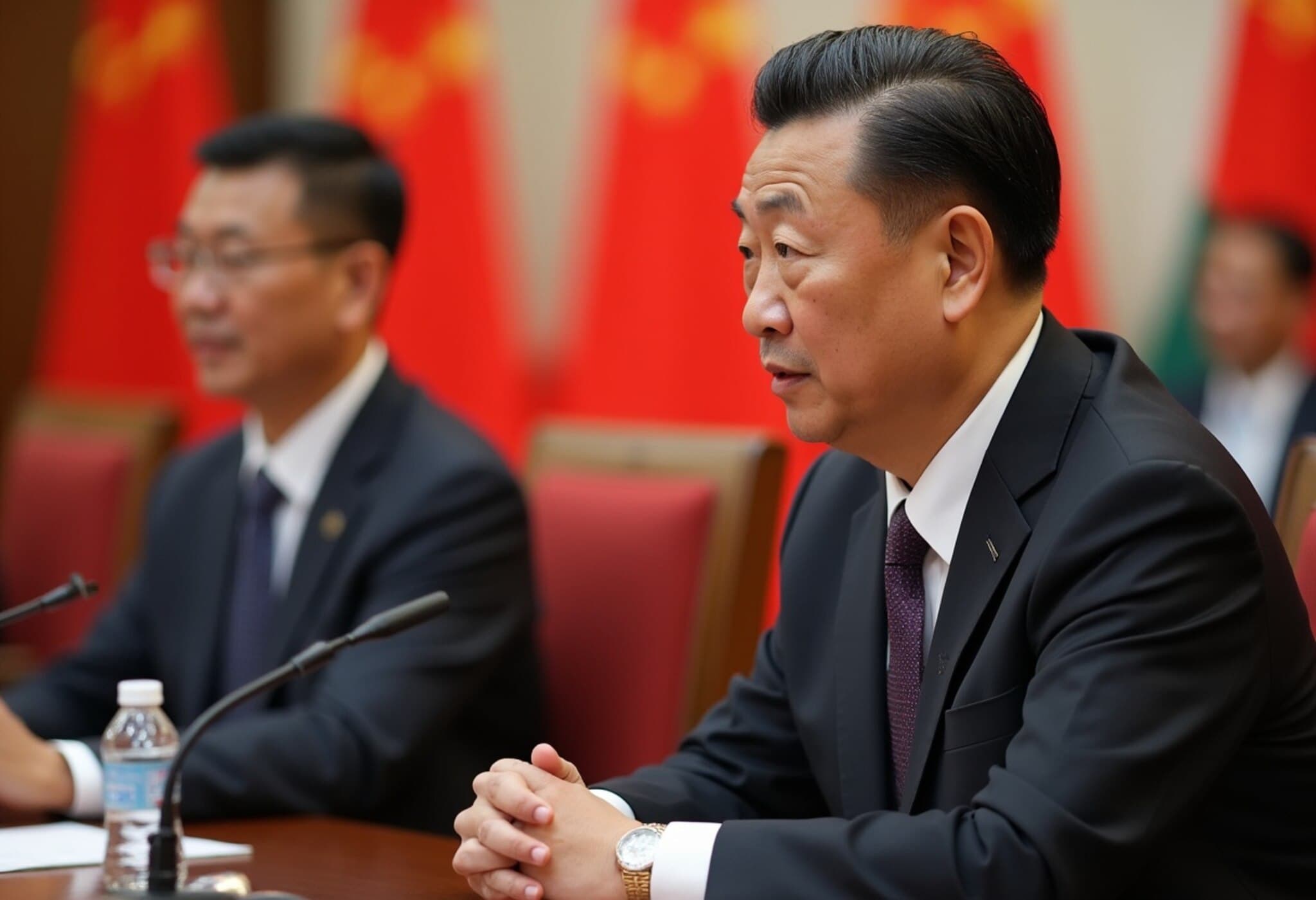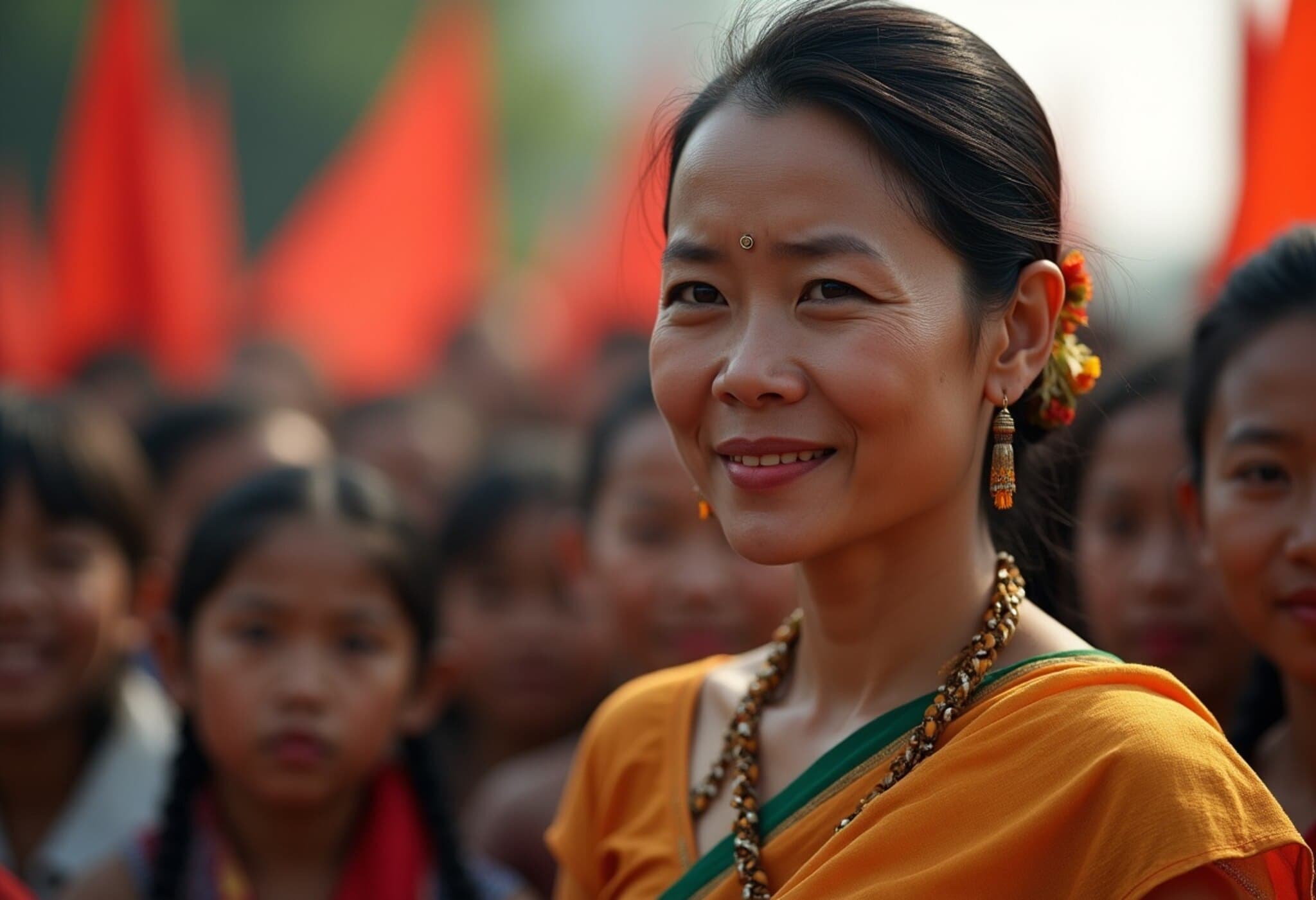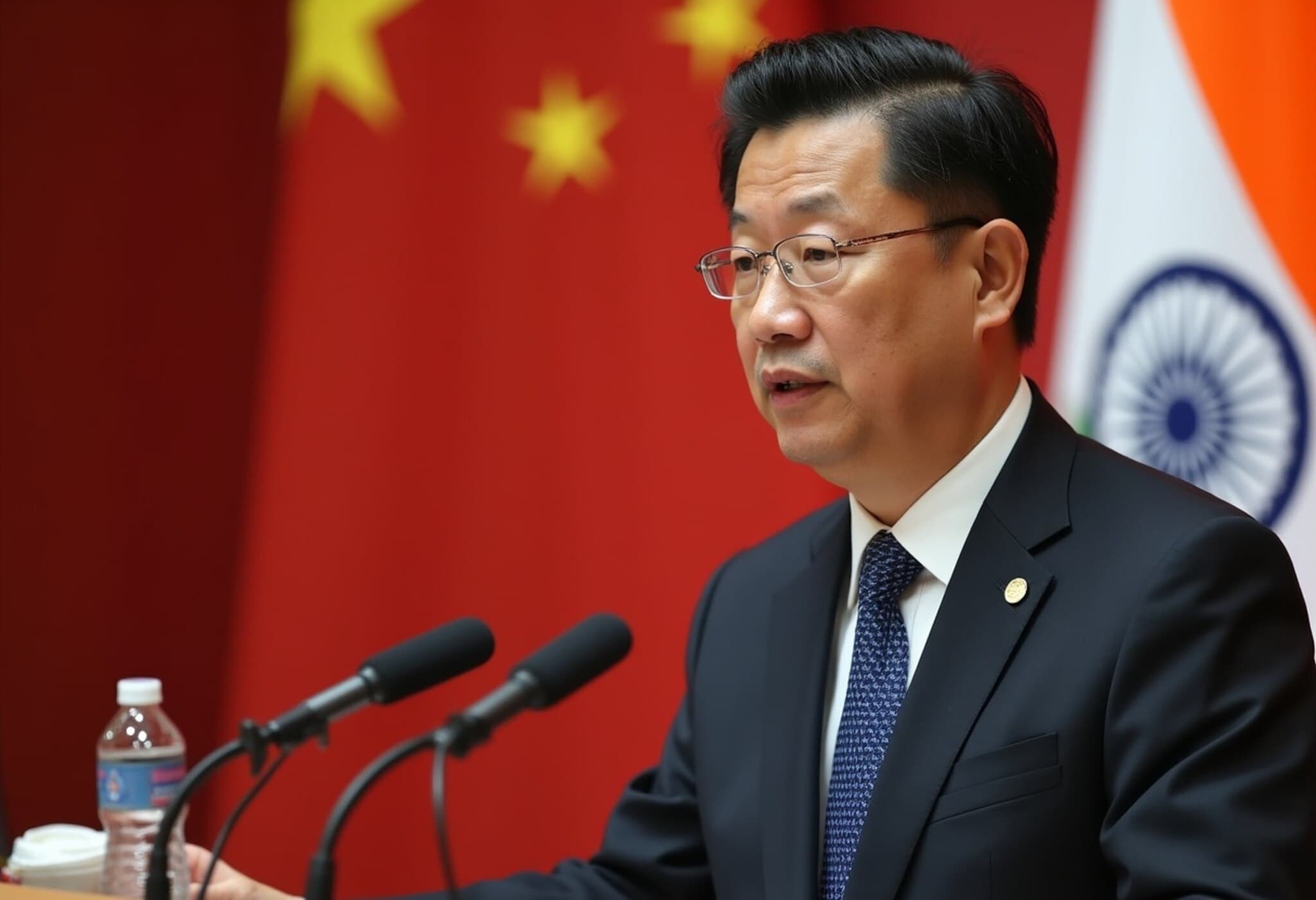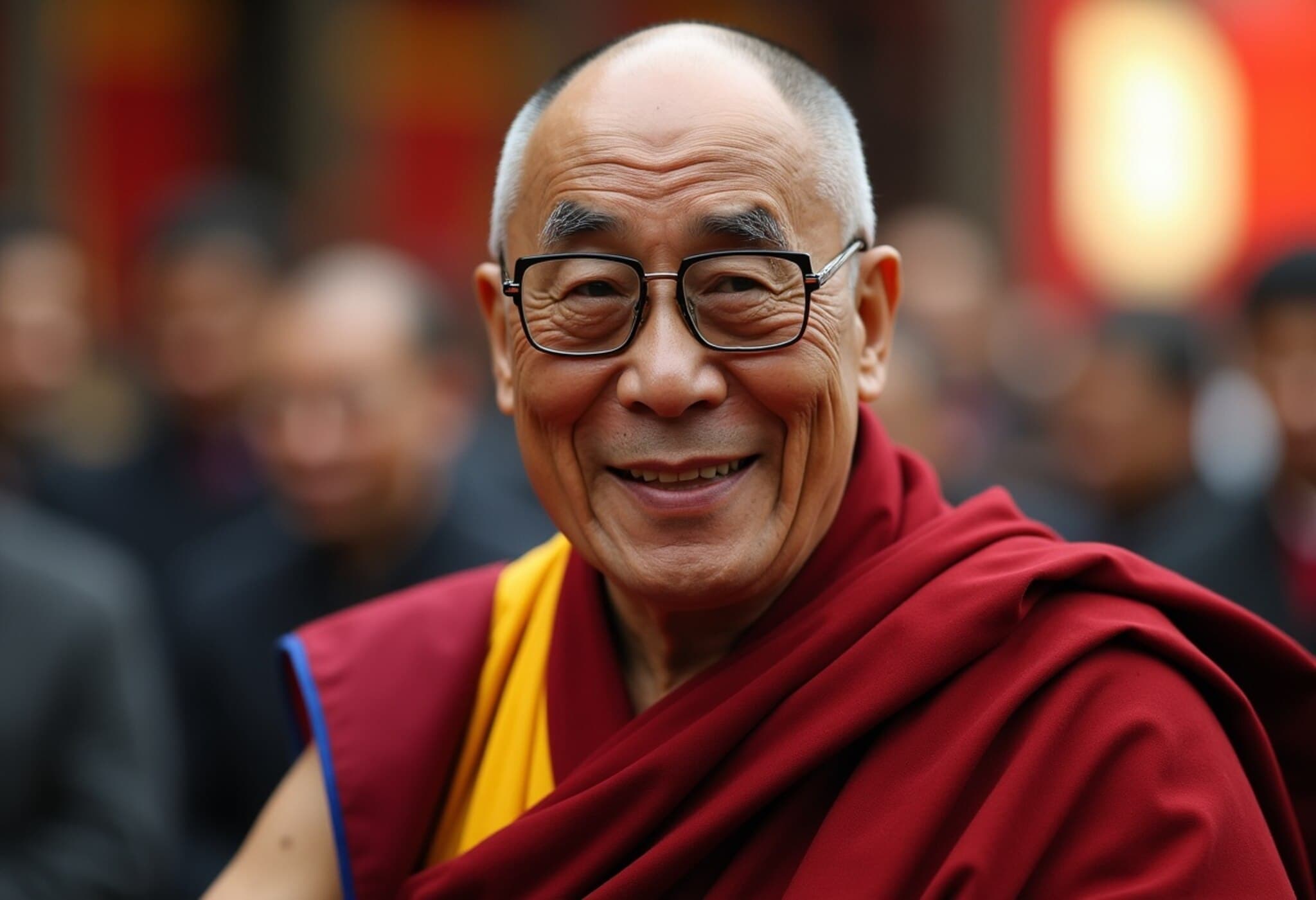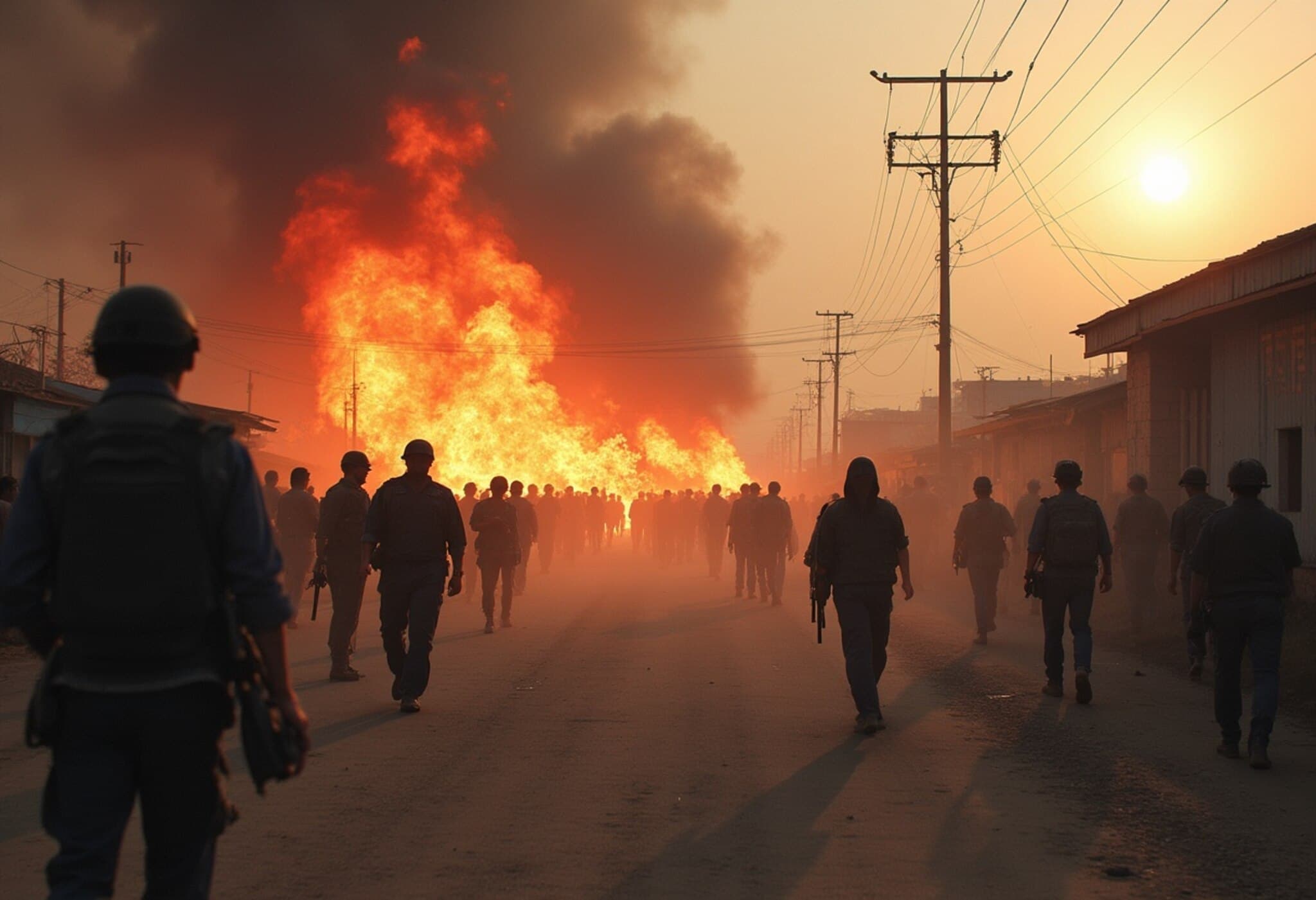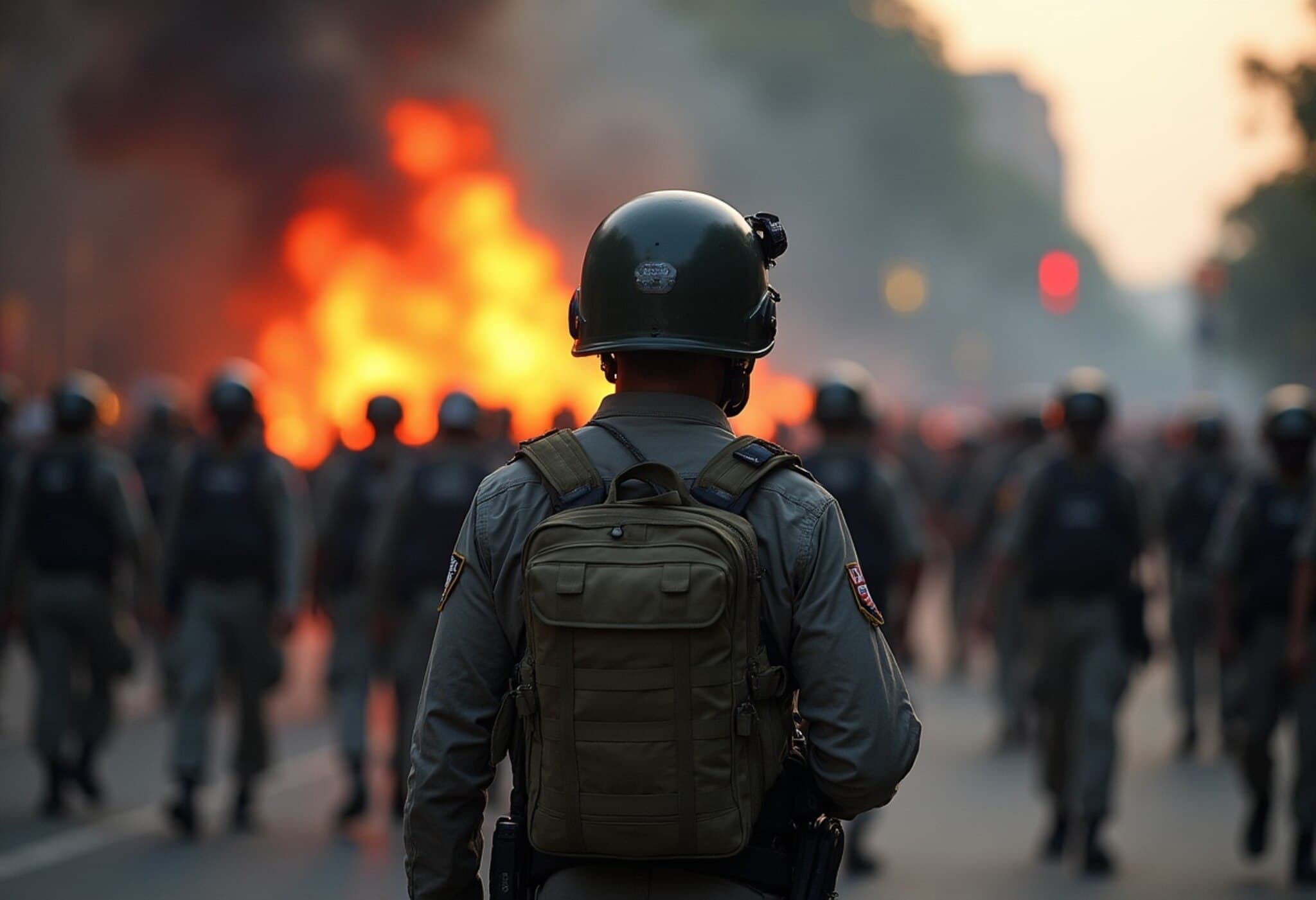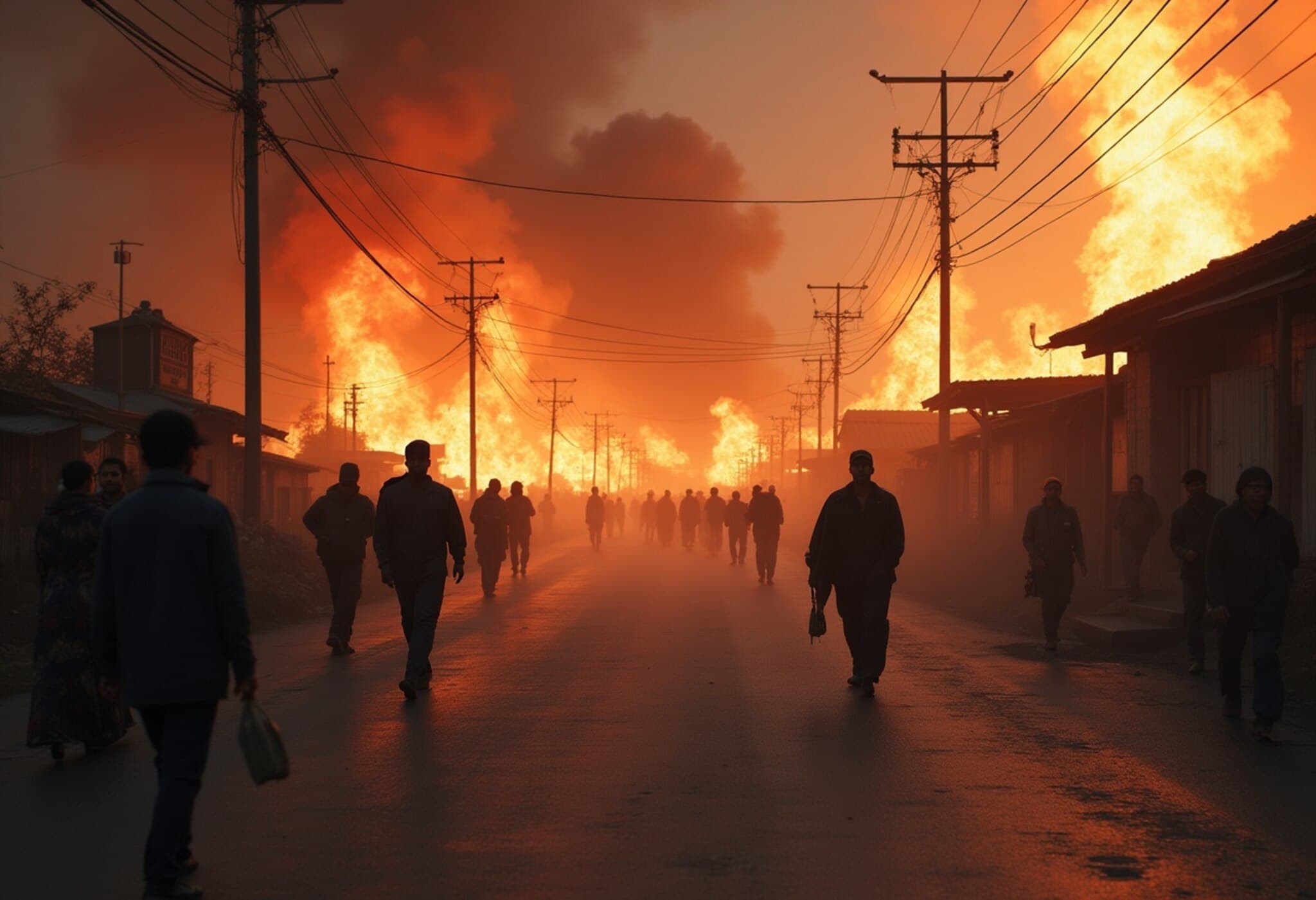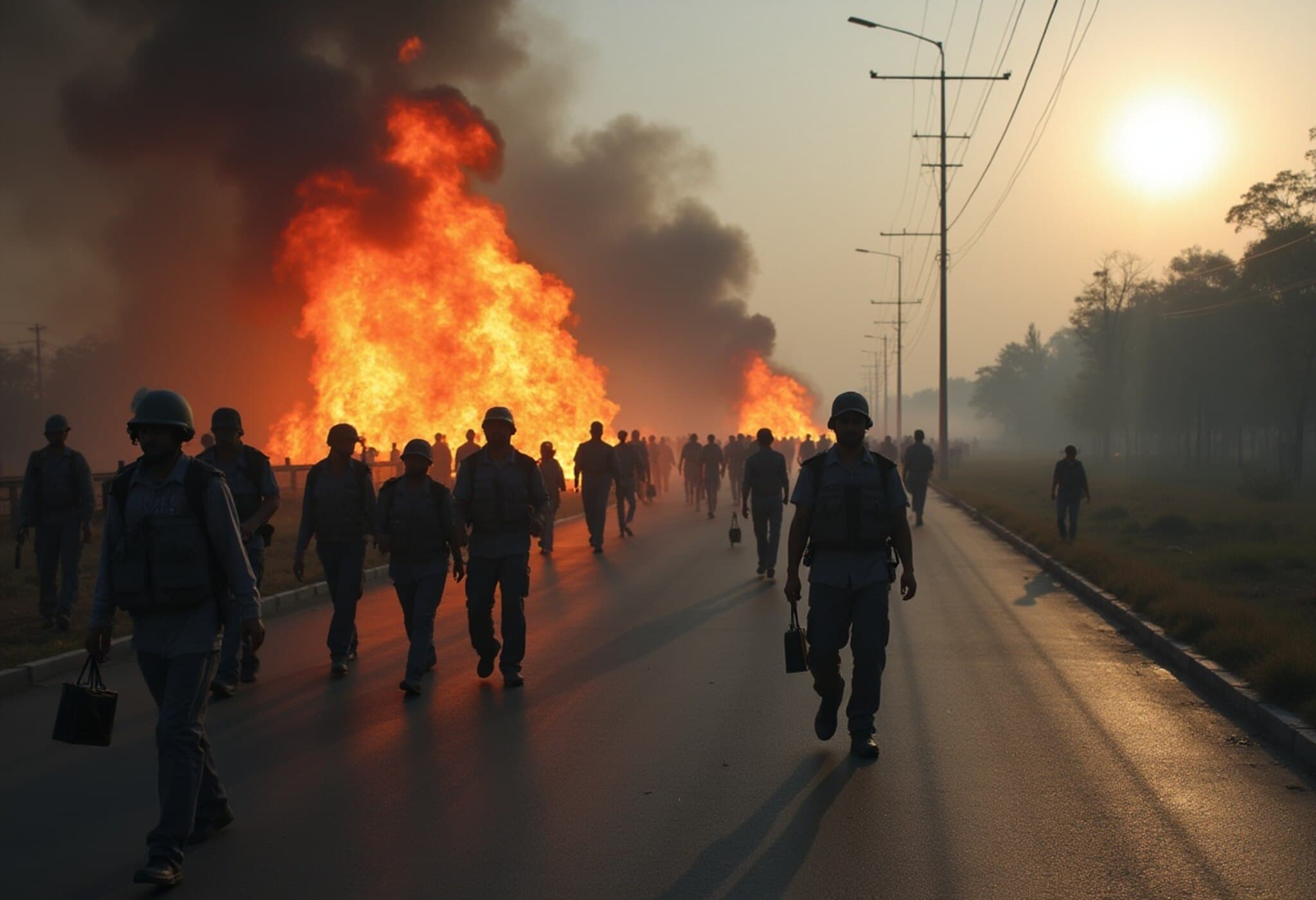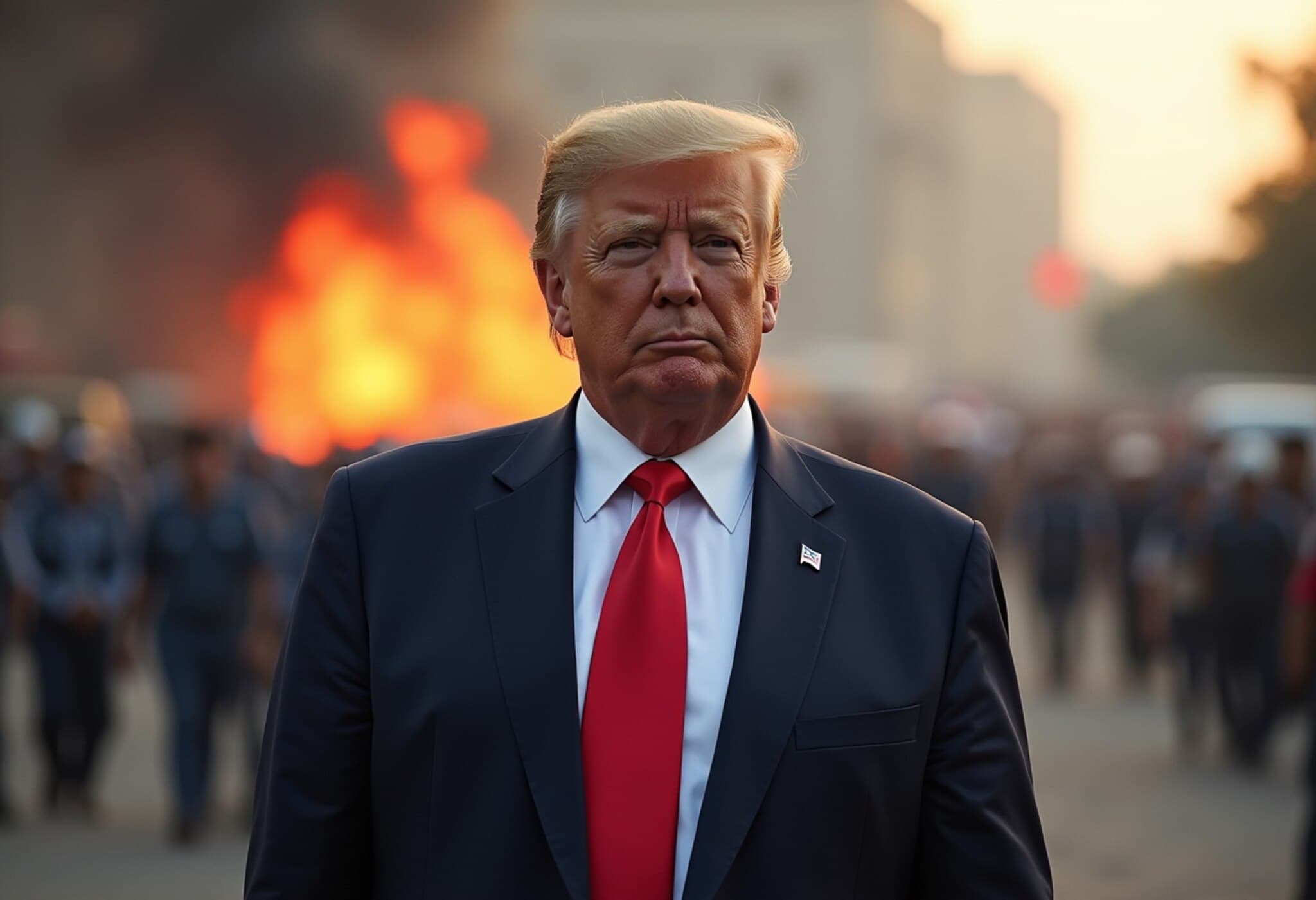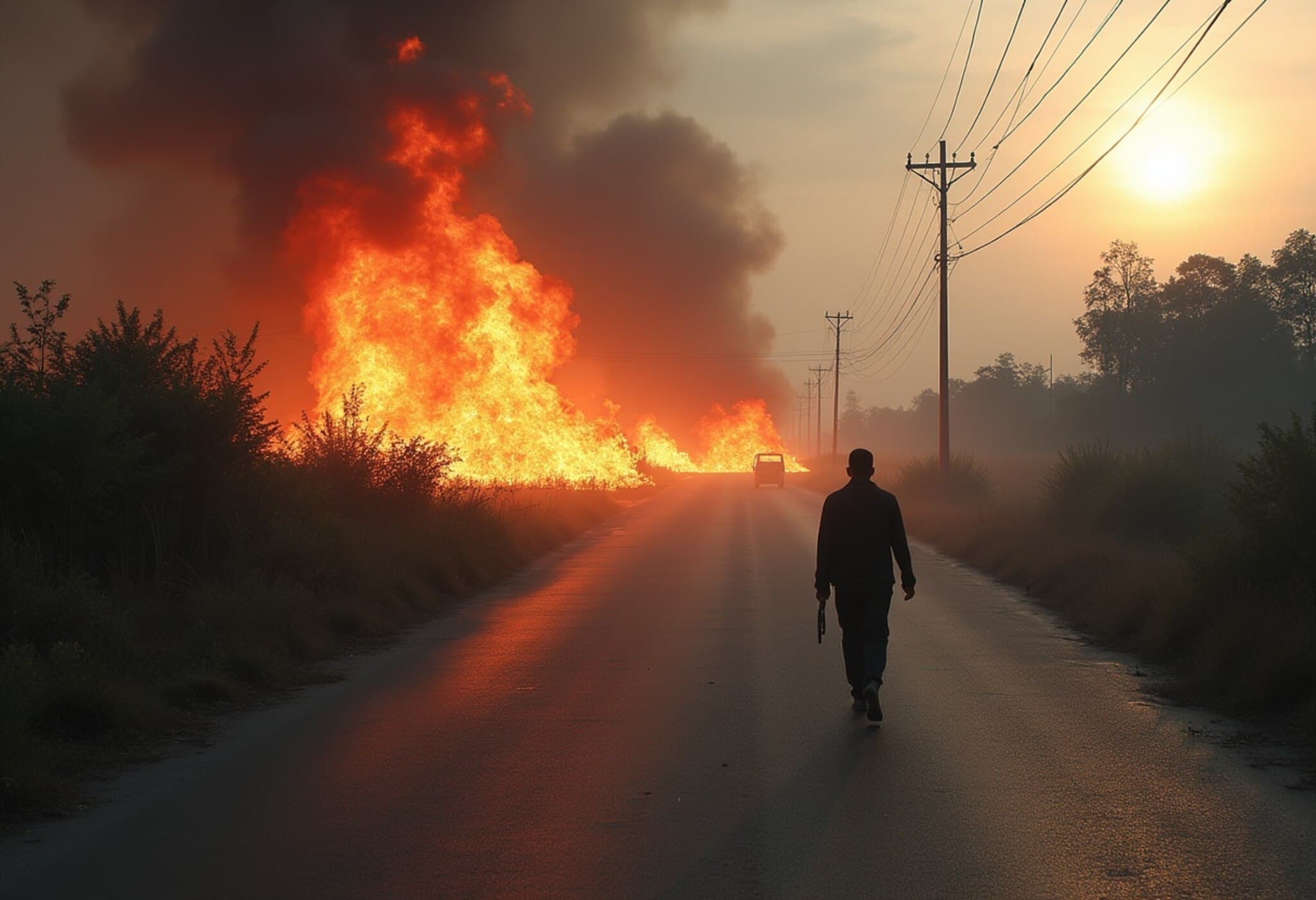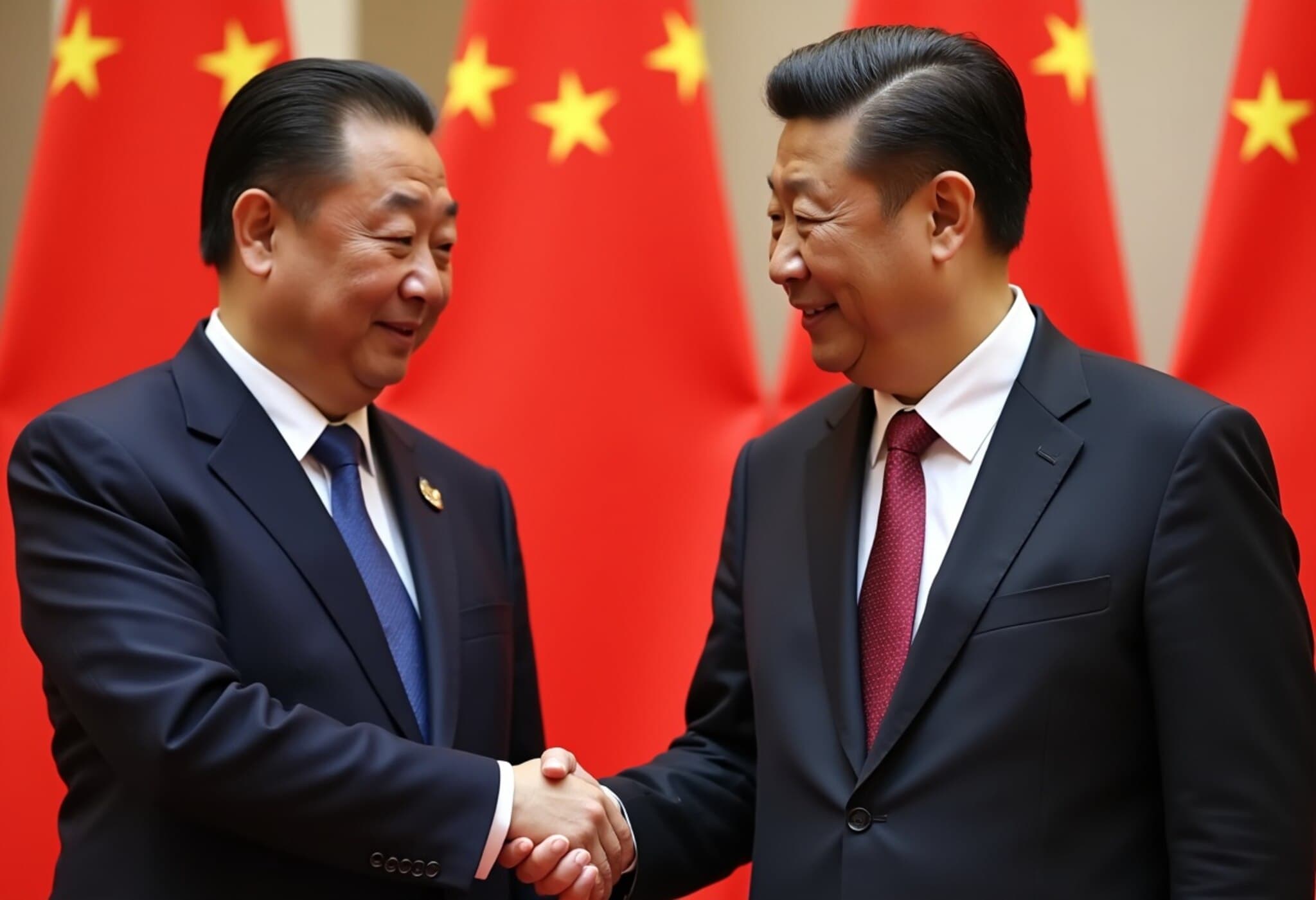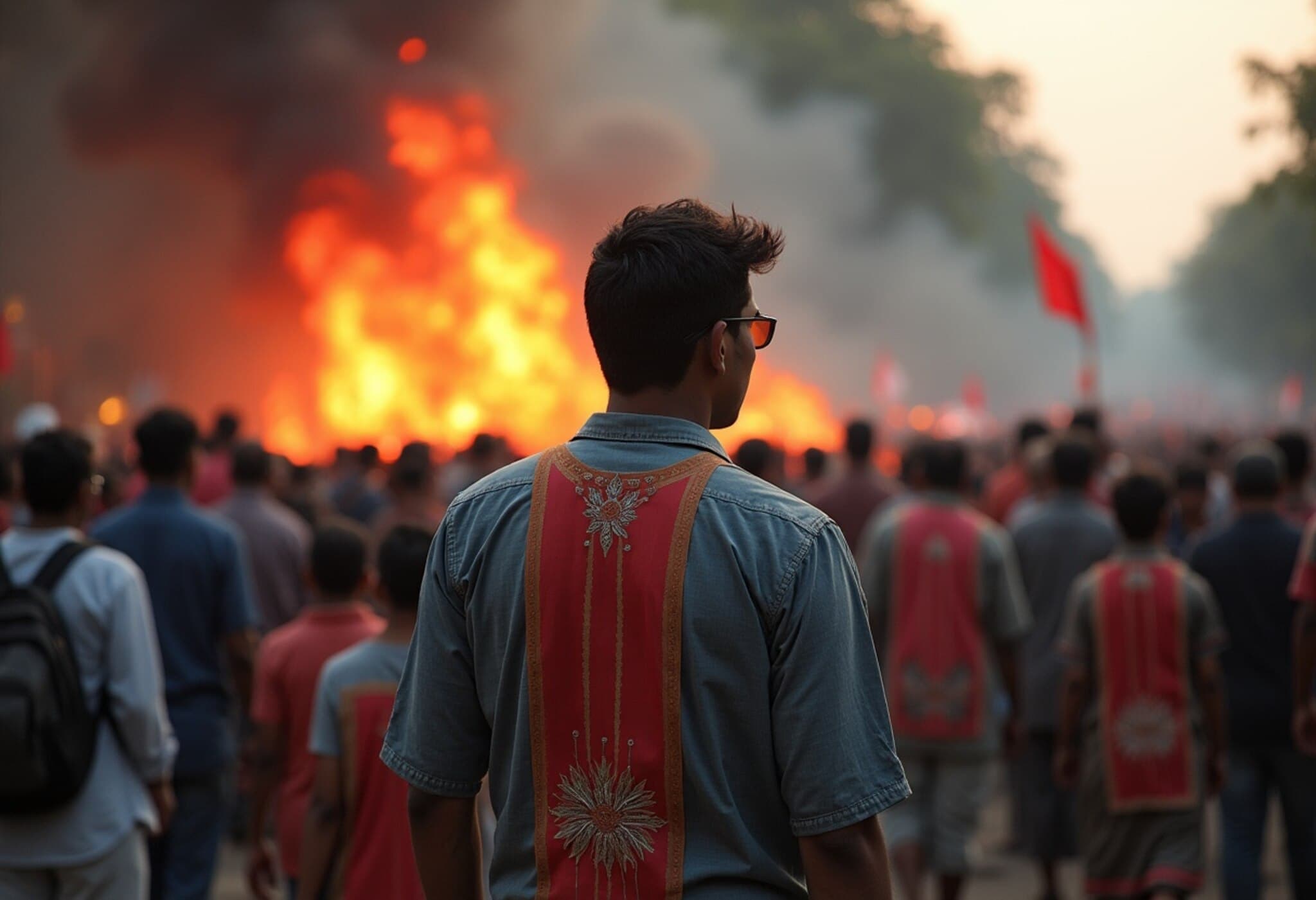Understanding the Thailand-Cambodia Border Clash: Five Critical Drivers
In July 2025, renewed hostilities between Thailand and Cambodia erupted into armed clashes along their disputed border, marking the latest chapter in a protracted and complex saga of territorial disagreements. The confrontation, triggered by cross-border attacks, underscores deep-rooted tensions that extend beyond military skirmishes to historical, political, and regional dynamics.

Thai military presence near Chachoengsao province, July 24, 2025. Photo by Lillian Suwanrumpha/AFP
1. The 1962 International Court of Justice (ICJ) Temple Ruling and Its Ambiguities
The root of the border dispute harks back to 1962, when the ICJ awarded Preah Vihear Temple—a culturally and symbolically significant site—to Cambodia. While this ruling settled ownership of the temple itself, it failed to clearly define the surrounding lands. This ambiguity sowed seeds of decades-long conflict, with the two nations engaging in violent confrontations as recently as 2008. Cambodia’s military victory that year was consolidated by a 2013 ICJ ruling extending Cambodian sovereignty over the nearby disputed territory, compelling Thailand to withdraw its troops.
This series of rulings illustrates how international legal decisions, while authoritative, often struggle to resolve deep-seated regional tensions rooted in historical claims and national pride.
2. Ambiguous Borders and Conflicting Claims Fuel Ongoing Disputes
The Thai-Cambodian border remains only partially demarcated, largely due to colonial-era treaties and differing historical maps. Particularly contentious are areas around Prasat Ta Muen Thom (currently under Thai control) and Preah Vihear temples, both strategically valuable and culturally significant landmarks.
The violence ignited recently near Prasat Ta Muen Thom, where Thailand alleges Cambodian military aggression, including unauthorized drone surveillance and the deployment of heavy weaponry like rocket launchers. Both sides blame each other for initiating hostilities, exacerbating uncertainty and mistrust.
3. Landmine Accusations Escalate Tensions
Another flashpoint is the issue of landmines, with Thailand accusing Cambodia of planting mines in border zones previously agreed to be landmine-free to facilitate peace patrols. The presence of these hidden dangers has caused injuries among Thai soldiers, including a recent incident wounding five troops. This breach of trust regarding demilitarized zones underscores the fragile state of border negotiations and acts as a catalyst for military responses.
4. Military Influence Shapes Political and Strategic Decisions
In both nations, military institutions exert significant sway over governance and policy-making. Cambodia’s political landscape has been dominated by the Hun family for nearly four decades, with Prime Minister Hun Sen stepping down in 2023 in favor of his son Hun Manet, symbolizing a de facto dynasty intertwined with military leadership.
Thailand’s situation is similarly complex. The military has dictated political outcomes through coups and indirect control for many years, including the appointment of the Thai Senate—vested with veto powers over prime minister selection—by military authorities. This entrenched military influence often sidelines democratic processes and can fuel nationalist narratives that justify border posturing and aggressive stances.
5. Political Turmoil and Cross-Border Complications
The recent conflict also unfolded amid a political storm in Thailand. Prime Minister Paetongtarn Shinawatra was suspended following revelations of a private conversation with former Cambodian Prime Minister Hun Sen regarding the border dispute. The conversation aimed to ease tensions but was leaked, causing political backlash and accusations of Cambodian interference in Thailand’s internal affairs.
This controversy adds a layer of complexity, illustrating how border conflicts can become entangled with domestic political maneuvering, weakening diplomatic channels and pushing both nations closer to military confrontation.
Expert Insights and Regional Context
The Thailand-Cambodia border conflict reflects broader challenges in Southeast Asia, where colonial legacies, nationalist fervor, and powerful military establishments intersect. For observers and policymakers alike, the situation serves as a reminder that sustainable peace requires not only legal adjudication but also meaningful dialogue addressing historical grievances and contemporary political realities.
Regional security analysts suggest:
- Engagement of ASEAN mechanisms to mediate and deescalate tensions.
- Confidence-building measures such as joint patrols and landmine clearance.
- Reinforcement of diplomatic channels insulated from partisan political leaks.
- Greater emphasis on people-to-people communication to foster mutual understanding amidst nationalistic pressures.
Editor's Note
The recent Thailand-Cambodia clashes are a sobering illustration of how unresolved historical disputes, ambiguous legal rulings, and power struggles at both the military and political levels can ignite violent conflict. While international courts have attempted to clarify territorial sovereignty, the lack of clearly demarcated borders and fragile political conditions have left both nations trapped in cycles of mistrust and aggression.
For readers, the key takeaway is the importance of multidimensional peace efforts that go beyond maps and treaties—building trust and cooperation remains vital to breaking this persistent pattern. As these tensions unfold, the international community must watch closely, encourage dialogue, and support measures that prioritize human security over militarized nationalism.

